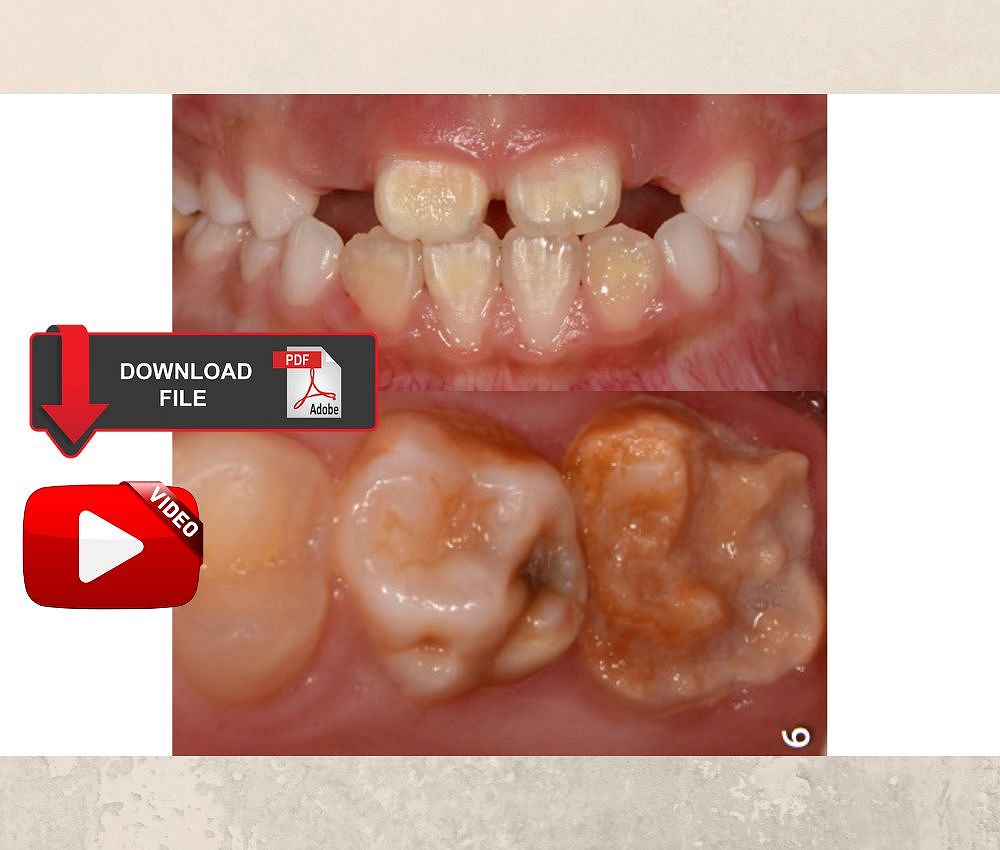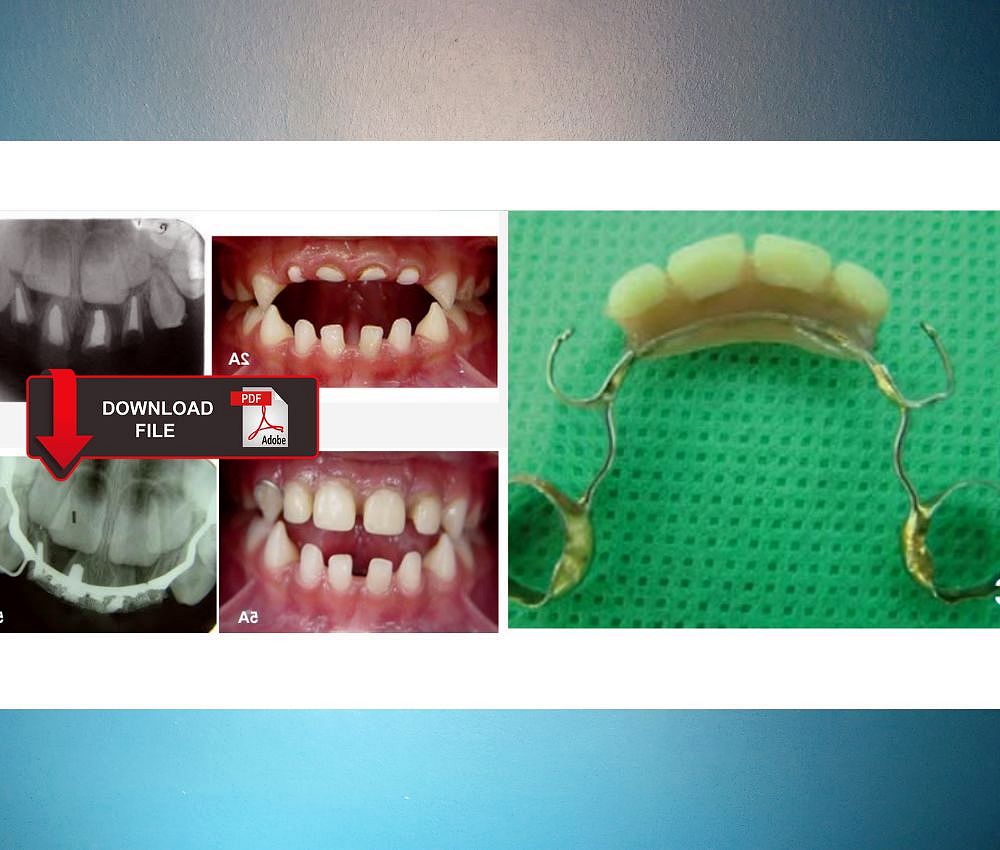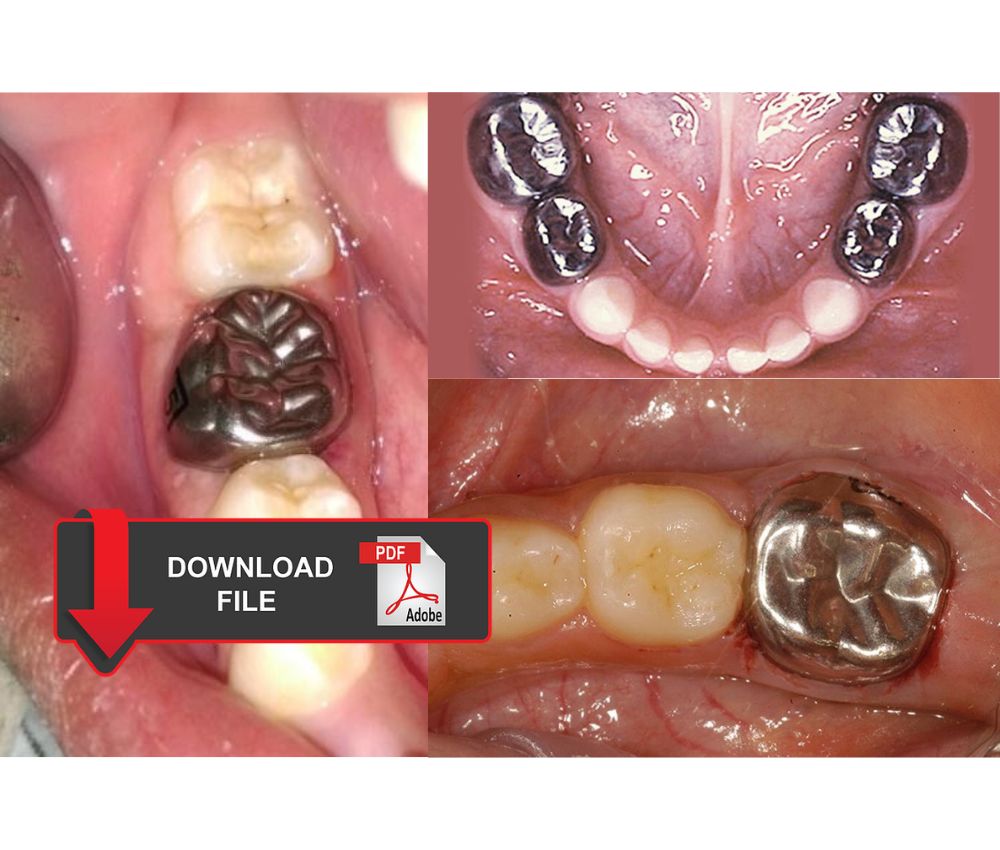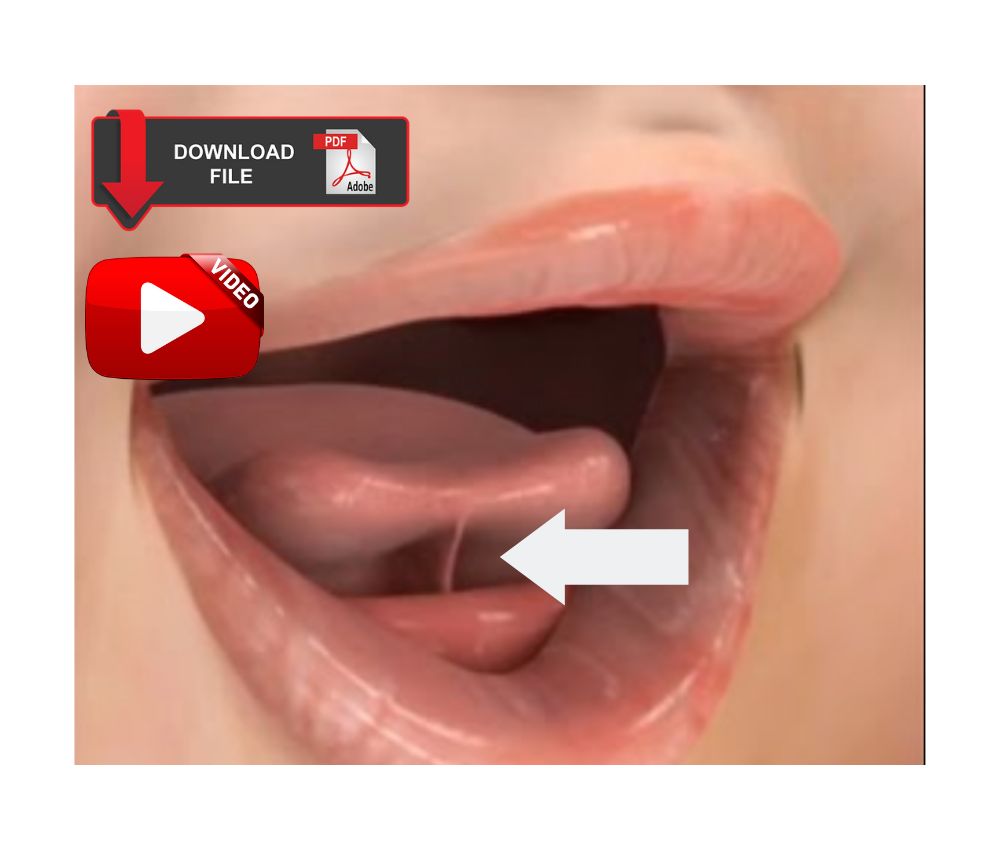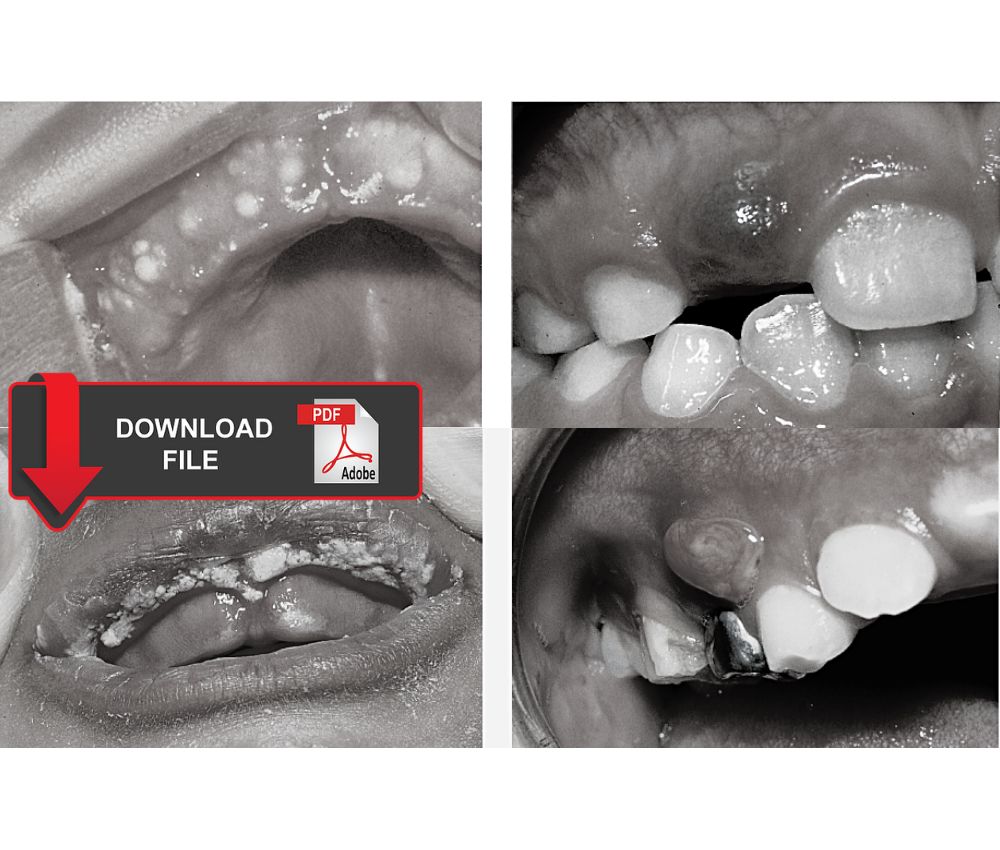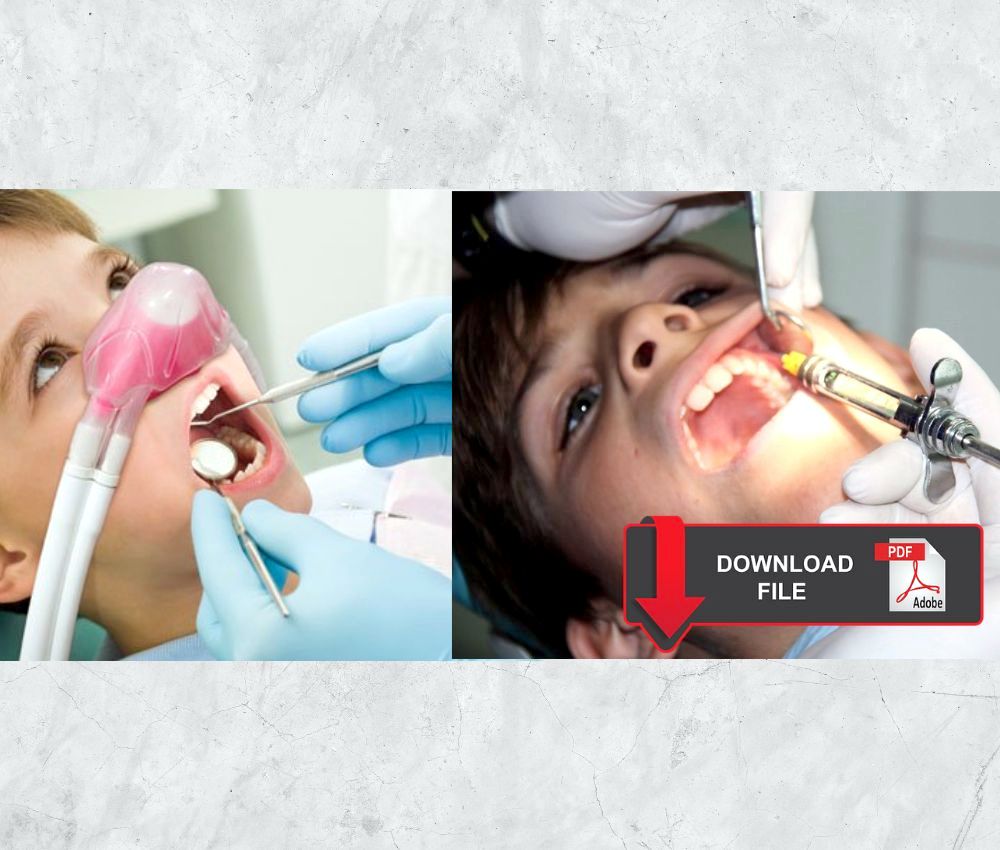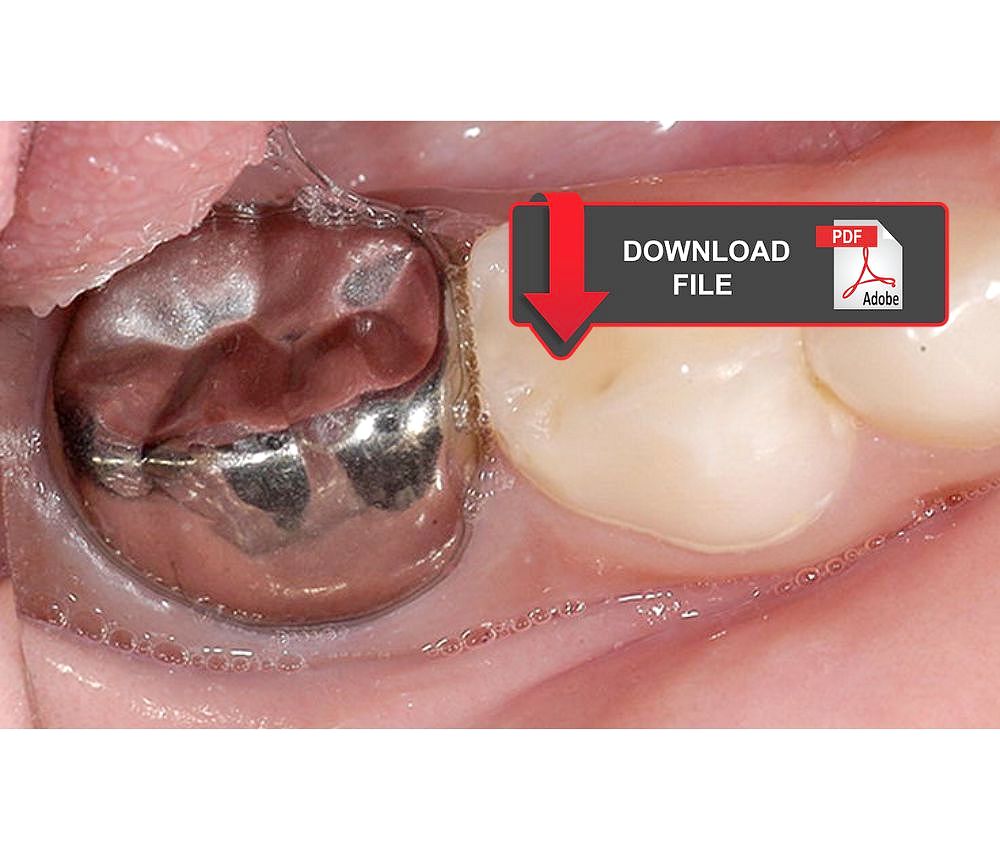The use of local anesthetics in pediatric dentistry allows us to perform several invasive procedures without causing pain or stress to the patient, achieving a successful result in their treatment.
Recommended Article:
Download the PDF 🔽 Odontogenic Infection in Pediatric Dentistry: Facial Cellulitis, Ludwig's Angina - Diagnosis, clinical and pharmacological management ... a series of articles on odontogenic infections in pediatric dentistry, diagnosis, clinical manifestations, pharmacological and surgical management
Sedation in pediatric patients is necessary when treatments are complex, the most frequent methods are: nitrous oxide (gas) and oral sedation. In exceptional cases, general anesthesia is used.
Advertisement
We share a complete list of scientific articles, manuals and videos on the use, management, care, techniques and emergency of dental anesthesia in pediatric dentistry.
🎯 List of Scientific Articles, PDF Articles, Clinical Cases, Videos and more below
► Manual of Local Anesthesia - Anesthetic techniques and anatomical references
► DENTAL ANESTHESIA : Mandibular Block for Pediatric Patients - Dental Injection Technique
► Local anesthesia calculations: How to avoid overdose and toxicity in pediatric patients?
► Inferior alveolar nerve block Technique For Children - Tips and tricks
► Considerations for Pediatric Local Anesthesia
Recommended Article:
Download the PDF🔽 Guide for the surgical management and oral pathology of the pediatric patient ... Some of the pathologies that we can frequently find in children that need surgical procedures are: supernumerary and impacted teeth, congenital cysts, mucoceles
► Allergic manifestations to local anaesthetic in pediatric dentistry: Prevention and management
► Dental Anesthesia: Overdose and Complications in Pediatric Patients
► Pharmacological management of the behavior of the pediatric patient: Nitrous Oxide and General Anesthesia
► Pediatric Anesthesia in Oral and Maxillofacial Surgery
► Management of general and local anesthesia and sedation in pediatric dentistry
► INTERVIEW : Is general anesthesia in children safe for dental procedures?



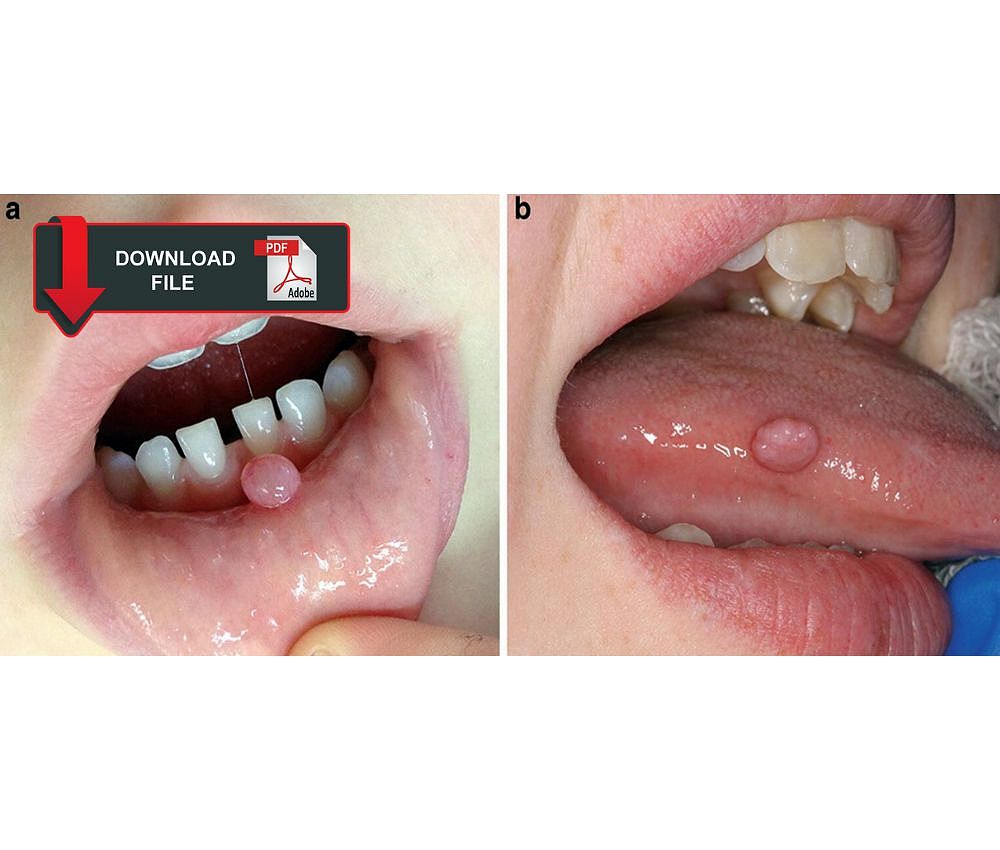

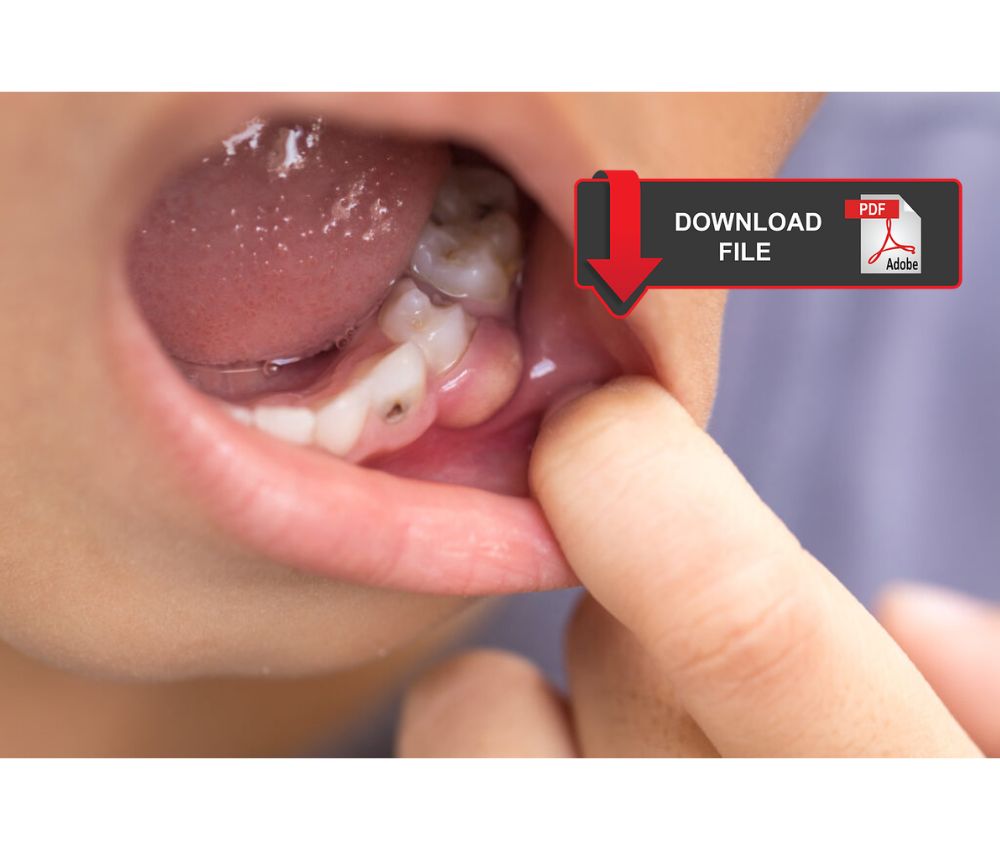

.jpg)
